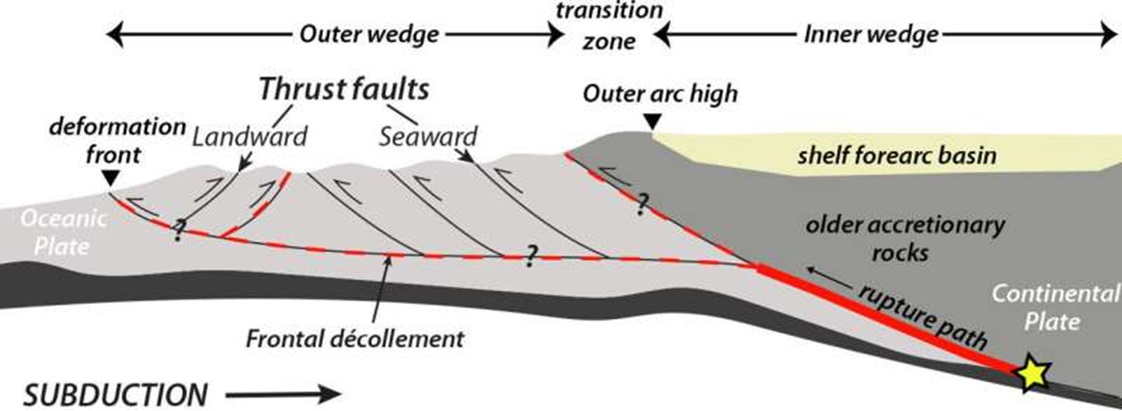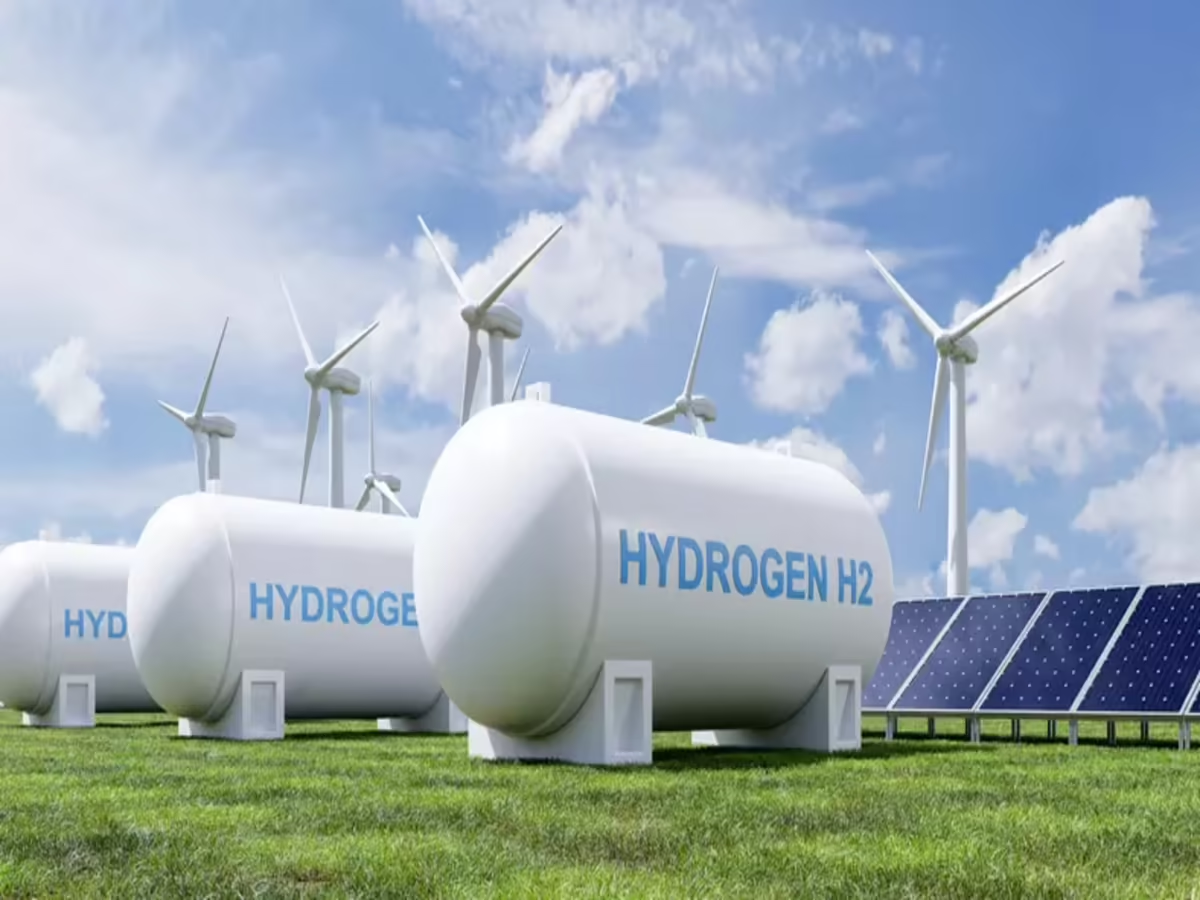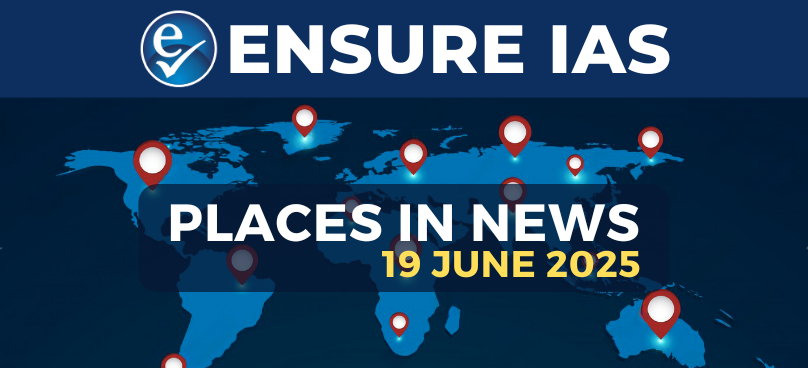- Courses
- GS Full Course 1 Year
- GS Full Course 2 Year
- GS Full Course 3 Year
- GS Full Course Till Selection
- Answer Alpha: Mains 2025 Mentorship
- MEP (Mains Enrichment Programme) Data, Facts
- Essay Target – 150+ Marks
- Online Program
- GS Recorded Course
- Polity
- Geography
- Economy
- Ancient, Medieval and Art & Culture AMAC
- Modern India, Post Independence & World History
- Environment
- Governance
- Science & Technology
- International Relations and Internal Security
- Disaster Management
- Ethics
- NCERT Current Affairs
- Indian Society and Social Issue
- NCERT- Science and Technology
- NCERT - Geography
- NCERT - Ancient History
- NCERT- World History
- NCERT Modern History
- CSAT
- 5 LAYERED ARJUNA Mentorship
- Public Administration Optional
- ABOUT US
- OUR TOPPERS
- TEST SERIES
- FREE STUDY MATERIAL
- VIDEOS
- CONTACT US
Cascadia Subduction Zone
Cascadia Subduction Zone
13-06-2024

The Cascadia Subduction Zone, a major geological feature off the west coast of North America, is gaining increased attention due to its significant earthquake and tsunami risks.
About the Cascadia Subduction Zone:
- Location: The Cascadia Subduction Zone (CSZ) extends from northern California to southern British Columbia, stretching along the Pacific coast.
- Convergence:
- The CSZ represents an active convergent boundary where the Juan de Fuca Plate slides beneath the North American Plate.
- This subduction process has major implications for seismic activity in the region.
Earthquake and Tsunami Potential:
- Seismic Hazard: The CSZ is capable of producing massive earthquakes, including those of magnitude 9.0 or greater. These earthquakes can generate tsunamis reaching heights of 30 meters or more.
- Historical Comparison: A similar fault off Japan triggered the devastating 2011 Fukushima nuclear disaster, highlighting the potential consequences of major earthquakes in subduction zones.
What is a Strait?:
- Definition: A strait is a narrow waterway between two landmasses that connects two larger bodies of water.
- Examples:
- Bering Strait: Links the Arctic Ocean with the Bering Sea, separating Asia and North America at their closest point.
- Strait of Gibraltar: Connects the Mediterranean Sea with the Atlantic Ocean, located between Spain and Africa.
- Strait of Magellan: Links the Atlantic and Pacific oceans, located between the southern tip of South America and the islands of Tierra del Fuego.



